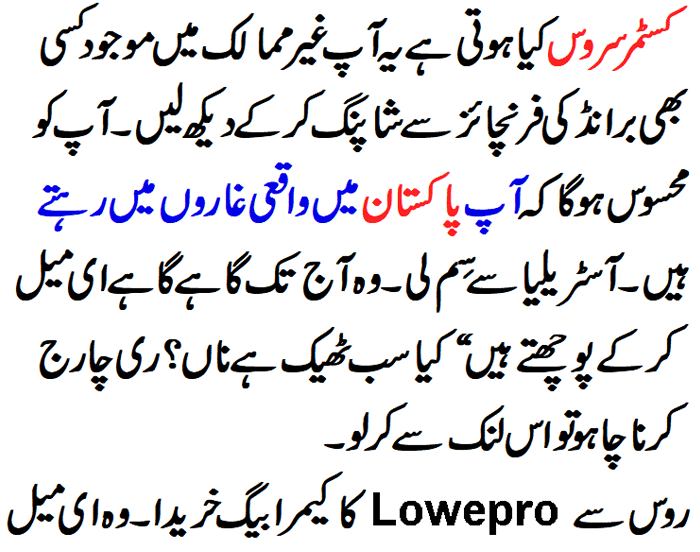
Skin lightening, or skin bleaching, is a cosmetic procedure that aims to lighten dark areas of skin or achieve a generally paler skin tone. It’s usually used to improve the appearance of blemishes such as birthmarks and dark patches (melasma).
Skin-lightening procedures work by reducing the concentration or production of melanin in the skin. Melanin is the pigment that gives skin its color and helps protect it from the sun.
The main techniques used to lighten the skin include:
- skin-lightening creams
- laser treatment
Trying a skin-lightening procedure is a major decision. It can be expensive, and time-consuming, and the results cannot be guaranteed. If you’re thinking of going ahead, be sure about your reasons for wanting to try it, and do not rush into it.
It’s a good idea to discuss your plans with a GP first. They might talk to you about your reasons for wanting to lighten your skin, and there might be a medical reason why the procedure is not appropriate for you.
Skin-lightening techniques can result in serious side effects and complications. People with dark skin tones are particularly at risk of these problems.
Skin-lightening creams
Prescription skin-lightening creams
Powerful skin-lightening creams are available on prescription from a doctor. These usually contain one or both of the following medicines:
- hydroquinone
- corticosteroids (steroid medicine), such as hydrocortisone
Skin-lightening creams you can buy without a prescription
Many alternative skin-lightening products are available to buy online or in shops or pharmacies without a prescription.
Make sure you check the ingredients of any product before you buy it. Avoid it if hydroquinone, corticosteroids or mercury are listed in the ingredients, or if the product does not list the ingredients.
Creams that contain hydroquinone, corticosteroids or mercury, which have not been prescribed by a doctor, are banned in the UK because they can cause serious side effects if used incorrectly.
Many skin-lightening creams containing natural ingredients are also available. These are legal and unlikely to be harmful, but there’s no guarantee they work.
How to use skin-lightening creams
Your doctor will advise you how to use your skin-lightening cream.
You’ll usually be advised to:
- use the minimum amount, once or twice a day, on the darkened area of the skin only
- avoid getting the cream on the surrounding skin or in your eyes, mouth, and nose
- apply the cream with a cotton bud, or wash your hands thoroughly before and after applying the cream
- avoid touching the treated area against another person’s skin for at least a few hours after applying the cream
- use sun cream to protect your skin from the aggravating effects of sunlight
Most people will need to continue the treatment for around 3 or 4 months. Your doctor may recommend stopping treatment after this time, or only using it very occasionally.
Laser skin lightening
A laser can also be used to lighten blemishes or dark patches of skin. This works by either removing the outer layer of skin or damaging the cells that produce melanin. Laser skin lightening may work for some people, while for others it may not have any effect, or the skin lightening may only be temporary.
Cost:
Laser skin lightening is not usually available on the NHS, so you’ll usually have to pay for it.
The cost of each session can vary widely across practitioners and is dependent on the size of the area being treated, the extent of the lightning, and the equipment used. Several sessions are often needed to increase the chances of the procedure being effective.
What it involves
Before the procedure starts, a test may be done on a small area of skin to see how it reacts. If you do not have any problems, you’ll usually have your first session a few weeks later.
You may get a stinging or pricking sensation during the procedure, so a local anesthetic cream may be used to numb your skin beforehand.
During a session:
- you’ll be given special goggles to wear to protect your eyes from the laser
- a small handheld laser device will be held against your skin – this may feel like a rubber band snapping against your skin
- a jet of cold air may be blown onto your skin to keep it cool during the treatment
Each session will usually last around 30 minutes to an hour. You can go home when it’s finished.
Recovery It can take 1 to 2 weeks for your skin to recover from laser skin lightening. You may want to take a few days off work until your skin’s appearance starts to improve.
It is common for skin to be red and swollen for a few days afterward, and it may be bruised or crusty for 1 to 2 weeks. Over the next few weeks, your skin should start to fade to a lighter color. It will be sensitive to the sun for up to 6 months.






